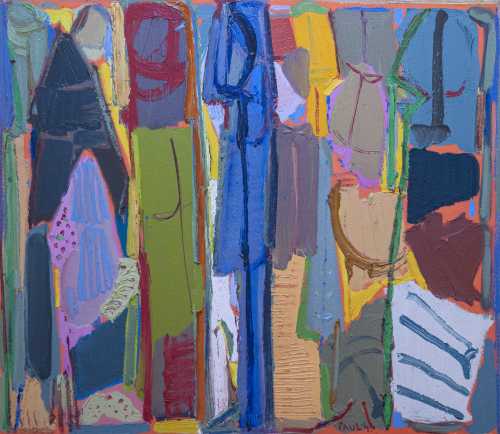- Rêves du Poète (Ahlam Abu'l Alaa) 1990
- Oil on canvas
- Painting
- 80 * 70 cm
- signed 'PAUL.G' (lower right)
20 October 2021
Estimation
£22,000
30,395 USD
-
£28,000
38,685 USD
Realized Price
£37,500
51,810 USD
50%
Artwork Description
Born in Jerusalem in 1926 to survivors of the Armenian Genocide, Paul Guiragossian was passionate about painting from a very young age seeing as it was his refuge from the cruelty of the world around him. Growing up, Guiragossian was sent to boarding school, away from his mother who worked to provide an education for her sons. That separation from an early age led to his ongoing exploration around the theme of motherhood. He depicted his personal struggles of being estranged from her and longing for that embracing maternal love. His faceless figures delineated by thick brushstrokes using vibrant colours, evoke the human condition. Being depicted statically or in motion, his compositions seek a balance between an Expressionist’s touch and emotions through a vivid rhythm of tender, rounded lines. His configurations induce a serene aura through an expansive range of authentic human reality.
In the early 1940s, he and his family migrated to Jaffa where he enrolled in Studio Yarkon to develop his knowledge on painting. In 1947, they resettled in Lebanon, where Guiragossian started to produce portraits of the inhabitants from his neighborhood, defined by their flowing and lively strokes that capture the carnal and emotive state of his subjects.
However, the true turning point in his career was in 1956 when he was awarded the first prize in a painting competition: a scholarship to study painting at the Academia di Belle Arti di Firenze. He was later granted another scholarship by the government of France to study abroad at Les Ateliers des Maîtres de l'École de Paris. In the 1960s and 1970s, Guiragossian’s work exponentially focused on the troubles caused by the Armenian Genocide and his family’s forced relocation to Beirut, creating a painterly language for his audiences to better understand this personal journey.
More lots by Paul Guiragossian
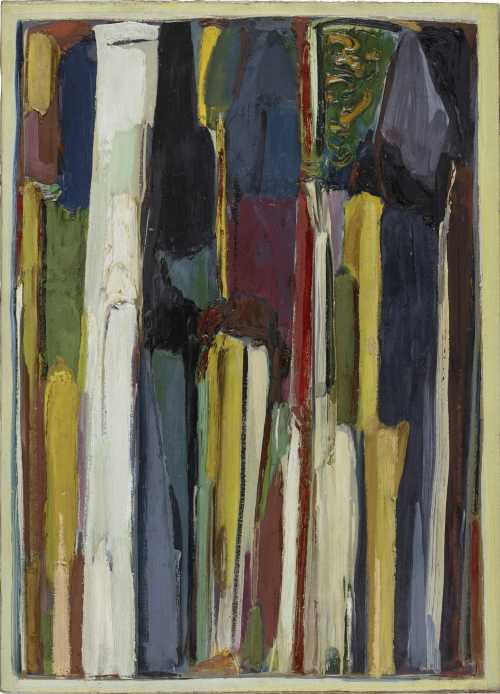
Silent Resilience
Estimation
£30,000
40,000 USD
-
£40,000
53,333 USD
Sale Date
Christie's
-
11 November 2025
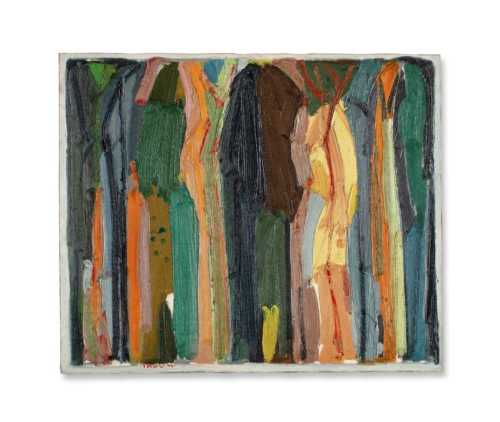
Rythme
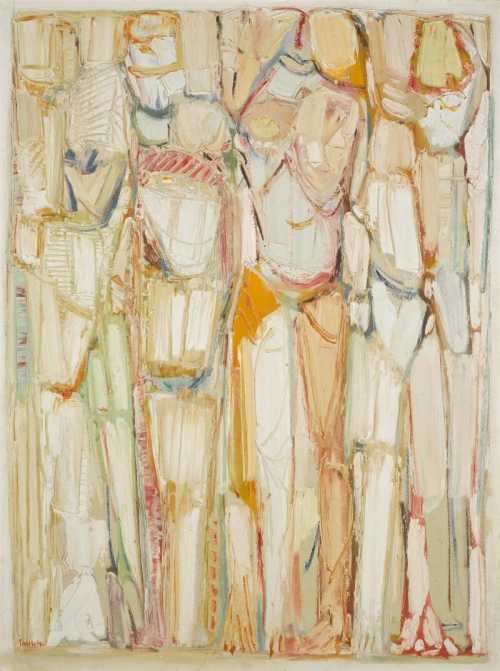
Évanescence
Estimation
£50,000
66,667 USD
-
£70,000
93,333 USD
Realized Price
£63,500
84,667 USD
5.833%
Sale Date
Sotheby's
-
1 May 2025
Realized Price
57,369 USD
Min Estimate
36,502 USD
Max Estimate
52,151 USD
Average Artwork Worth
+33.651%
Average Growth of Artwork Worth
Sales Performance Against Estimates
Average & Median Sold Lot Value
2021 - 2025
Performance vs. Estimate
2021 - 2025
Sell-through Rate
2021 - 2025
Similar Artworks
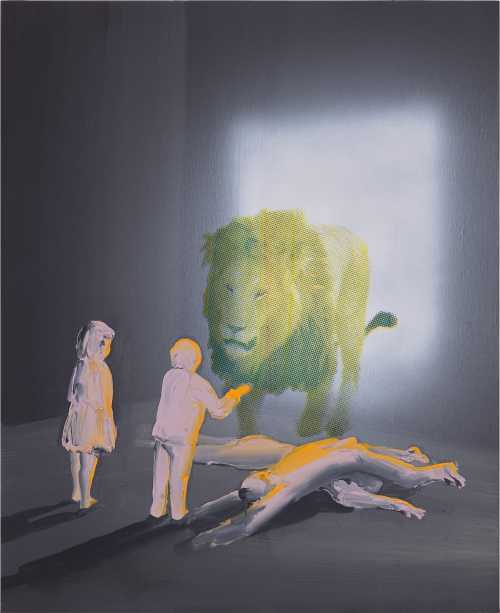
The Eater
Estimation
$15,000
-
$20,000
Realized Price
$53,340
204.8%
Sell at
Sale Date
Phillips Auction
-
14 May 2025
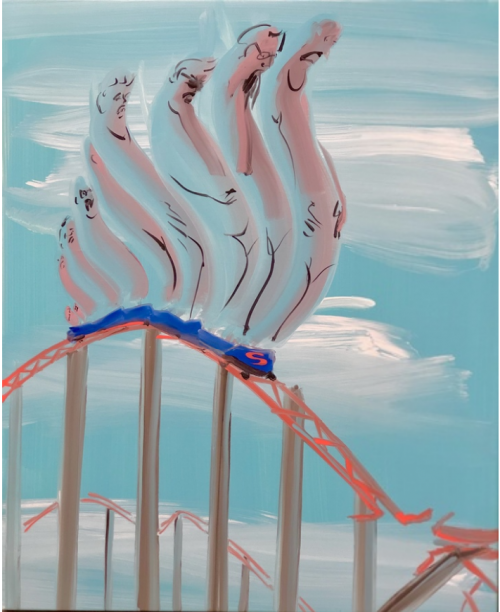
Roller Coaster
Estimation
£15,000
19,742 USD
-
£25,000
32,903 USD
Realized Price
£37,800
49,750 USD
89%
Sell at
Sale Date
Phillips Auction
-
28 April 2022
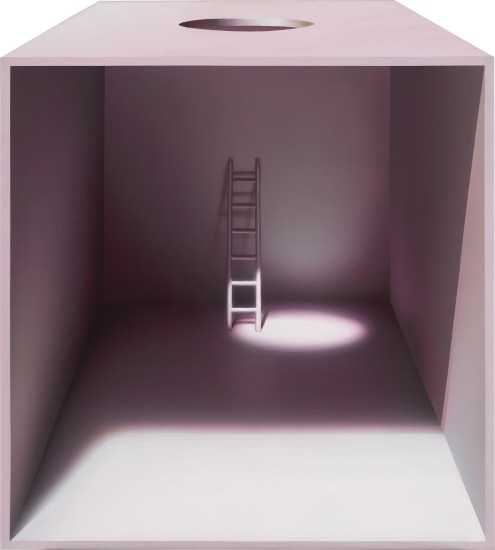
The Eternal Gate
Estimation
HK$180,000
23,047 USD
-
HK$280,000
35,851 USD
Realized Price
HK$482,600
61,793 USD
109.826%
Sell at
Sale Date
Phillips Auction
-
26 November 2023
